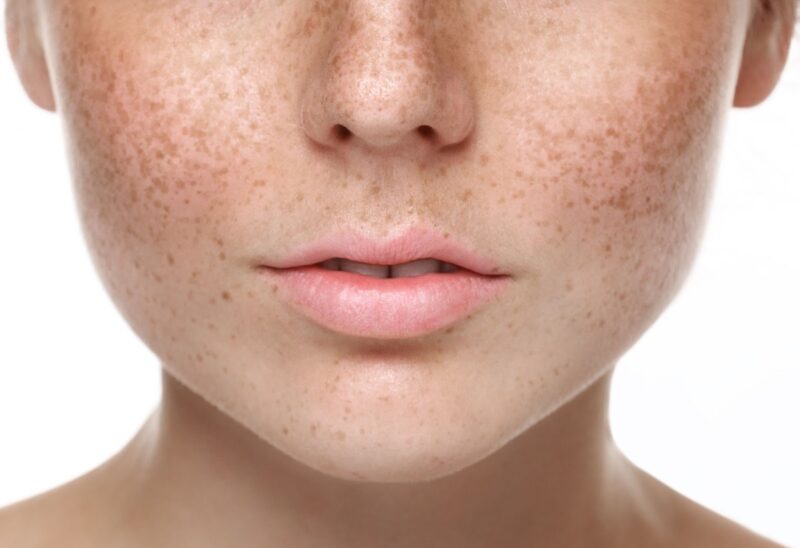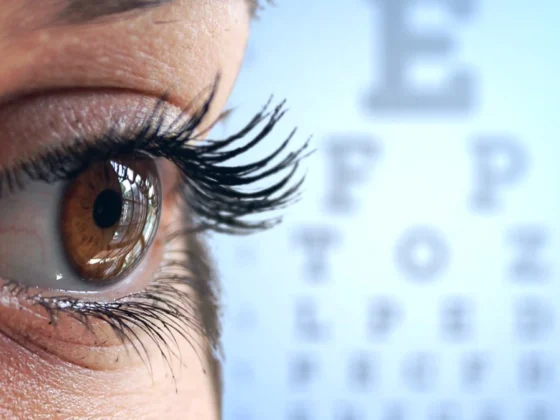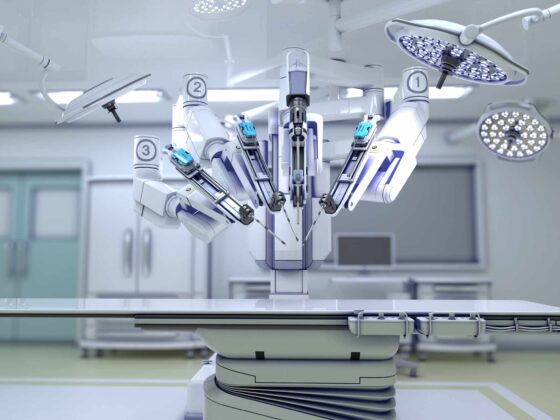Smooth skin is one of the most praised features of both men and women. Most people have a skincare regimen to improve and maintain their skin’s moisture and resilience. Unfortunately, the skin is still prone to undesirable side effects due to aging and exposure to ultraviolet rays from the sun. Over time, age spots may appear on your skin, or you may notice fine lines at the corners of your mouth. The good news is that minimally invasive procedures such as microneedling Westport help you treat various skin concerns, including reduced skin laxity, sun damage, stretch marks, fine lines and wrinkles, large pores, and sun damage.
What is microneedling?

Microneedling is a minimally invasive cosmetic procedure that uses a roller with tiny sharp needles to cause pricks on your skin. The micro-injuries or small wounds trigger the body to heal itself and send large surges of collagen and elastin to the affected areas. Microneedling is primarily a facial treatment, but specialists can use it on other body parts, including the thighs and abdomen.
Today, microneedling kits or home rollers are popular, making it possible for people to perform the procedure at home. While microneedling at home may be less expensive, it increases the risk of an infection, especially if you don’t clean the tool properly. You may also not get the most noticeable results since the needles of home rollers are often shorter and duller than the professional microneedling devices.
How safe is microneedling?
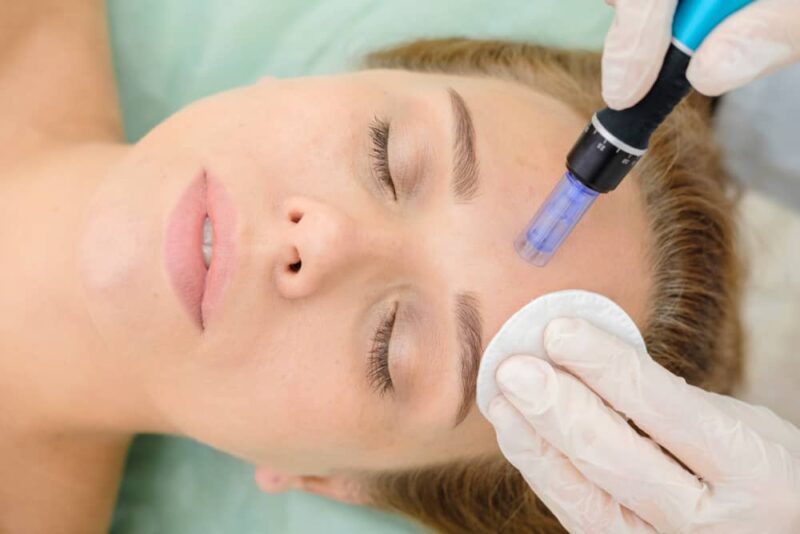
Microneedling is generally safe when performed by a registered healthcare professional, but it still poses several risks. For example, the skin may feel tender, red, and swollen immediately after the procedure. You may notice some peeling as it heals, and the skin may also feel tight. Depending on how your specialist adjusts the length of the needle, there might be bleeding and bruising. Like microneedling at home, there is also a risk of infection, especially if the equipment is not sterilized.
For this reason, you should always consult with your healthcare provider to discuss the risks and benefits of the procedure. An initial consultation can allow you to confirm your eligibility for the process. For example, your doctor may caution against microneedling if you currently have acne, an infection, or diabetes which would impede wound healing. The procedure is also not good for people with a history of keloids since microneedling can worsen the problem.
What to expect during microneedling
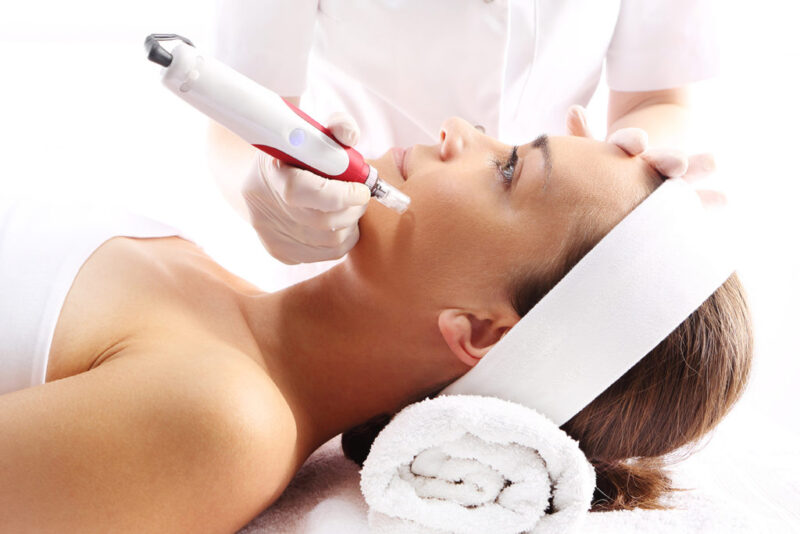
One hour before treatment, your doctor will numb your skin with topical anesthesia so that you don’t feel pain during treatment. Using a disinfectant, your healthcare provider cleans your skin and moves a rolling tool with small needles on your face, causing tiny pricks. The doctor will finally apply serum or soothing cream to the treated area. The whole procedure takes approximately 30 minutes. However, it can take longer than that, depending on the extent of the treated area. Microneedling requires no downtime, which means you can resume your usual activities immediately after treatment. However, you need to adhere to your provider’s post-treatment instructions. For example, you may need to avoid vigorous activities that cause sweating since these could contribute to swelling, irritation and possibly expose your skin to bacteria.
Book a session with your specialist at Westport Medispa for microneedling to improve your appearance and self-esteem.
